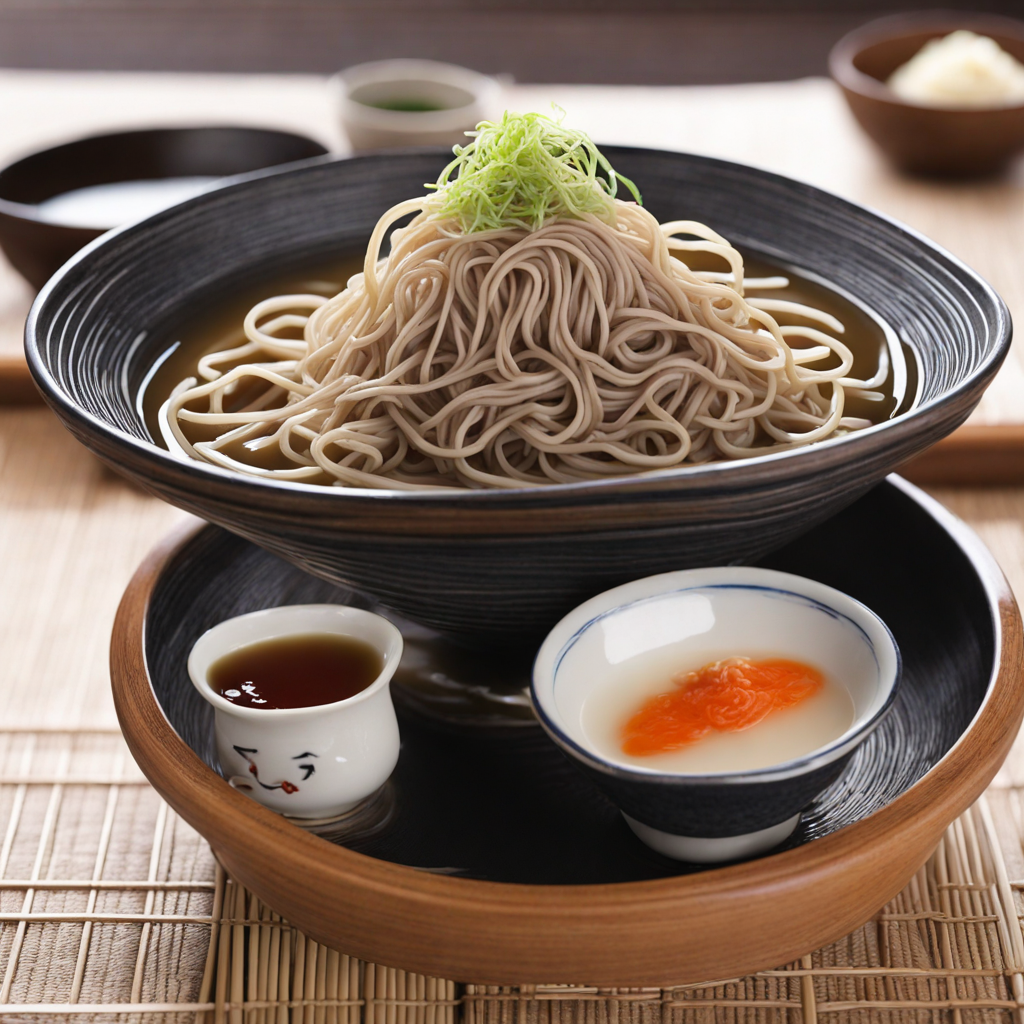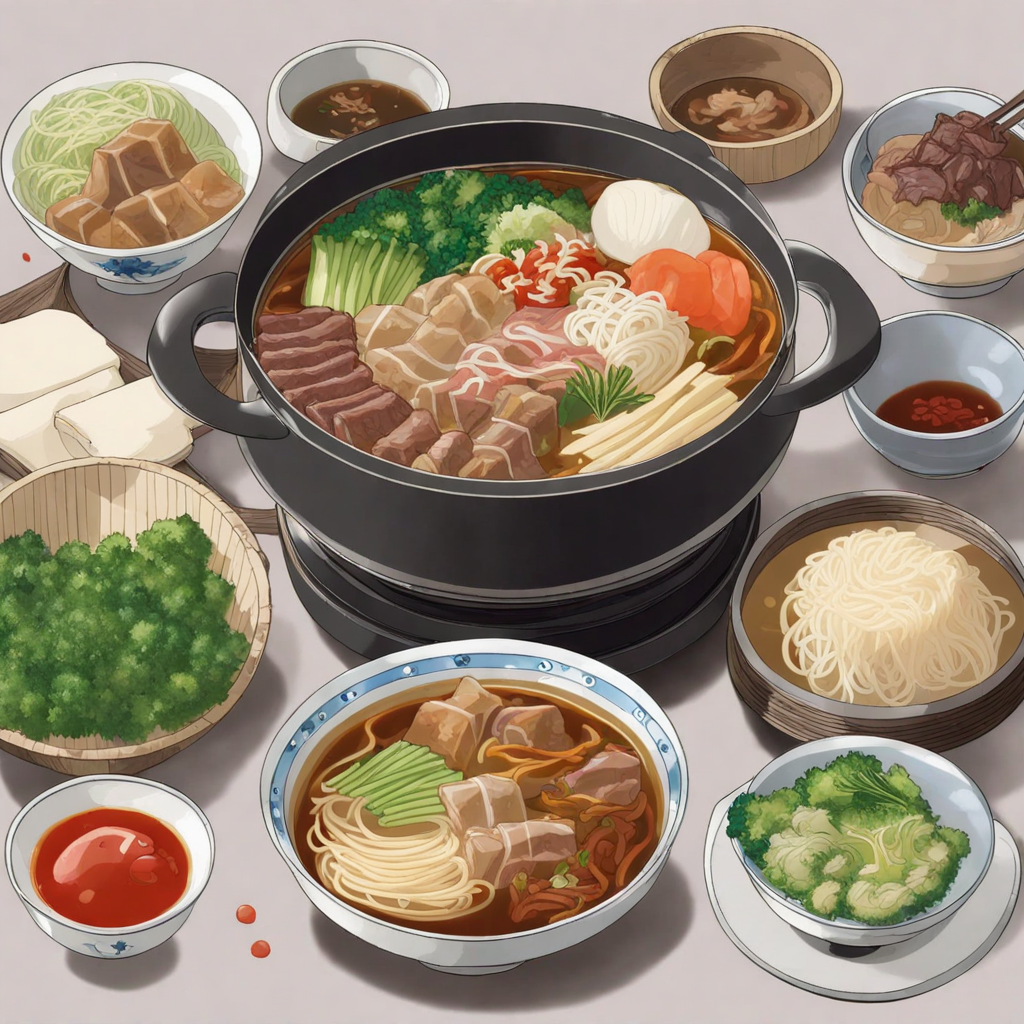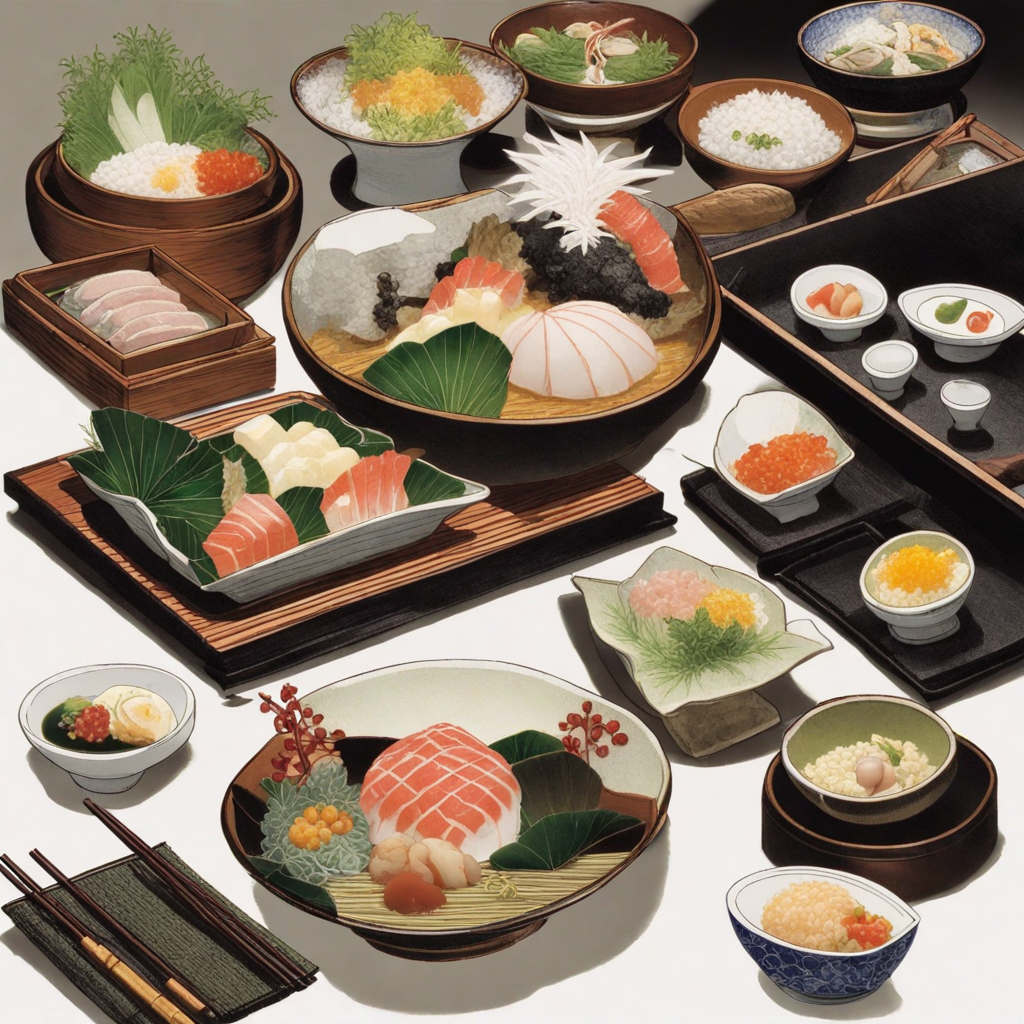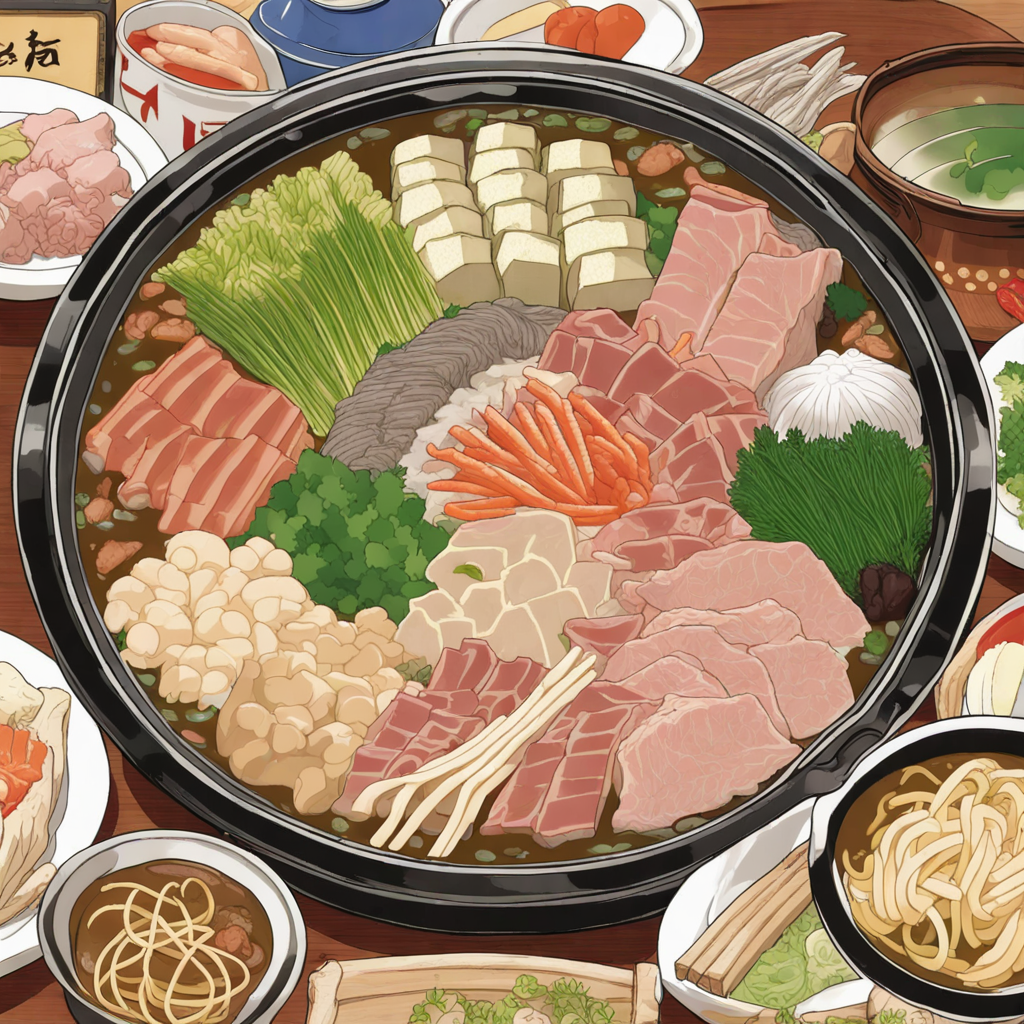Soba
Soba is a traditional Japanese noodle made from buckwheat flour, offering a unique and earthy flavor that sets it apart from other types of noodles. The noodles are typically thin and long, with a slightly chewy texture that provides a satisfying bite. Soba can be enjoyed hot or cold, making it a versatile dish suitable for any season. When served cold, the noodles are often accompanied by a dipping sauce called tsuyu, which is a savory blend of soy sauce, mirin, and dashi, enhancing the natural taste of the buckwheat. One of the most popular ways to enjoy soba is in a hot broth, often garnished with green onions, tempura, or even a soft-boiled egg. The warmth of the broth complements the noodles perfectly, creating a comforting dish that is both filling and refreshing. Soba can also be incorporated into salads, stir-fries, or served as a side dish, showcasing its versatility in different culinary applications. In addition to its delightful taste, soba is celebrated for its health benefits. Buckwheat is a gluten-free grain rich in protein, fiber, and essential nutrients, making soba a nutritious option for those looking to incorporate healthier choices into their diet. Whether you’re enjoying a simple bowl of chilled soba on a hot summer day or a hearty soba noodle soup on a cold winter evening, this dish invites you to explore the rich flavors and textures of Japanese cuisine.
How It Became This Dish
Origins of Soba Soba, the Japanese word for buckwheat, refers to both the buckwheat plant and the noodle made from its flour. The origins of soba can be traced back to the 5th century when buckwheat was introduced to Japan from the Asian continent. It is believed that the plant was first cultivated in the mountainous regions of Japan, where the cooler climate and poor soil were more conducive to growing buckwheat than rice. The earliest soba noodles were likely simple and rustic, made by grinding buckwheat groats and mixing them with water to form a dough. This dough was then rolled out and cut into long, thin strips. The simplicity of the dish appealed to the Japanese palate, and it quickly became a staple food, particularly in the colder regions of the country. The use of buckwheat flour, which is gluten-free, also made it an essential food for those with gluten sensitivities. \n\n Cultural Significance Soba holds a special place in Japanese culture. It is not just a dish, but a symbol of health and longevity. Traditionally, soba is served on New Year's Eve as a way to bid farewell to the old year and welcome the new one. This tradition, known as "toshikoshi soba," reflects the belief that eating soba will bring good fortune and a long life, as the long noodles symbolize longevity. Moreover, soba has deep ties to regional identities across Japan. Each area boasts its own unique style and flavor, influenced by local ingredients and traditions. For instance, in the Nagano prefecture, where buckwheat is abundant due to its mountainous terrain, the soba is known for its robust flavor and dark color. The city of Kamakura is famous for its "nama soba," a fresh, handmade version that is served cold with dipping sauce. These regional variations contribute significantly to Japan's culinary diversity and highlight the importance of soba in local gastronomy. \n\n Development Over Time Throughout the centuries, soba has evolved in various ways. During the Edo period (1603-1868), soba noodles gained immense popularity in urban areas, especially in Edo (modern-day Tokyo). Street vendors began selling soba, making it an accessible and inexpensive meal for the working class. The convenience of soba, combined with its nutritional value, allowed it to flourish as a fast food option of the time. As the popularity of soba grew, so did the techniques for preparing it. Craftsmen started to refine the art of soba-making, emphasizing the balance between buckwheat flour and water. The ratio of these two ingredients is crucial in achieving the ideal texture and flavor. Today, many soba artisans continue to practice traditional methods, paying homage to their ancestors while also embracing modern innovations. \n\n Modern Soba Cuisine In contemporary Japan, soba is enjoyed in myriad forms, from simple dishes at home to elaborate meals in high-end restaurants. Soba can be served cold with a dipping sauce (zaru soba) or hot in a broth (kake soba). The versatility of soba allows it to be paired with various ingredients, including tempura, green onions, and wasabi. Another popular variation is "soba salad," which showcases soba noodles tossed with fresh vegetables and a light dressing. This modern interpretation reflects the global trend towards healthier eating, as soba is often regarded as a nutritious alternative to traditional wheat noodles. The health benefits of buckwheat, rich in fiber and antioxidants, have garnered attention both in Japan and abroad, further increasing its popularity. \n\n Soba in Global Context The international appeal of soba has led to its incorporation into various culinary traditions outside Japan. In the United States and other Western countries, soba noodles are often featured in fusion dishes, such as soba noodle stir-fries or salads. Japanese restaurants worldwide serve soba, introducing it to new audiences and allowing them to experience its unique flavor and texture. Moreover, the rise of interest in Japanese cuisine has sparked a greater appreciation for traditional soba-making techniques. Workshops and classes on making soba are becoming increasingly popular, as food enthusiasts seek to connect with the craft and cultural heritage behind this beloved dish. \n\n Conclusion: The Future of Soba As Japan continues to embrace its culinary heritage while adapting to modern tastes, soba remains a vital part of the nation's identity. The balance between tradition and innovation ensures that soba will continue to evolve while retaining its cultural significance. The future of soba looks promising, as more people discover the delights of this versatile noodle and its rich history. In conclusion, soba is more than just a dish; it embodies the spirit of Japanese culture, showcasing its agricultural roots, regional diversity, and adaptability. As we look forward to the future, soba will undoubtedly continue to be cherished, both in Japan and across the globe, as a testament to the enduring legacy of this remarkable food.
You may like
Discover local flavors from Japan







